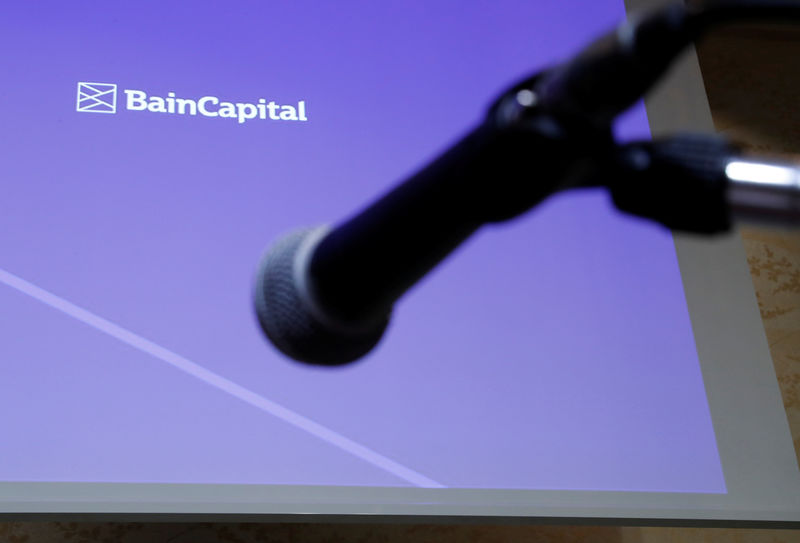-
Earnings Per Share (EPS): $0.83, up $0.01 year-over-year, down $0.08 quarter-over-quarter.
-
Operating Diluted EPS: $0.88, up $0.01 year-over-year, down $0.07 quarter-over-quarter.
-
Total Operating Revenues: $189.1 million, up 7.8% year-over-year, up 3.2% quarter-over-quarter.
-
Net Interest Income: $112.7 million, up 3% quarter-over-quarter.
-
Net Interest Margin: Increased to 3.05% from 3.04% quarter-over-quarter.
-
Non-Interest Expenses: $124.2 million, up 6.6% year-over-year, up 4.4% quarter-over-quarter.
-
Provision for Credit Losses: $7.7 million, up from $2.9 million year-over-year and $2.7 million quarter-over-quarter.
-
Effective Tax Rate: 23%, up from 21.2% year-over-year.
-
Loan Growth: $227.8 million increase, marking the 13th consecutive quarter of growth.
-
Deposit Growth: $338.3 million increase, driven by municipal deposits.
-
Non-Performing Loans: $62.8 million, up from $36.9 million year-over-year.
-
Net Charge-Offs: $2.8 million, up from $1.2 million year-over-year.
-
Allowance for Credit Losses: $76.2 million, up $4.7 million quarter-over-quarter.
Release Date: October 22, 2024
For the complete transcript of the earnings call, please refer to the full earnings call transcript.
-
Community Financial System Inc (NYSE:CBU) reported a solid operating performance with a PPNR of $1.29 per share, marking an 11.2% increase compared to the previous year.
-
The banking business experienced strong growth, with net interest income surpassing previous peaks and positioning the company well for continued growth.
-
The company celebrated the opening of its first branch from a strategic expansion plan, indicating progress in its growth strategy.
-
The benefit administration business saw expanded revenues and profitability, with BPAS recognized as a top five record keeper by the National Association of Plan Advisors.
-
The insurance services business reached new revenue highs and was recognized as the 66th largest broker in the US, showing significant growth and industry recognition.
-
An increase in provision expenses was noted, driven by industry trends towards credit normalization and expectations of increased unemployment.
-
The accrual for performance-based incentive compensation expenses increased, impacting bottom-line earnings.
-
Non-performing loans increased to $62.8 million, primarily due to one loan relationship moving to non-accrual status.
-
The company’s allowance for credit losses increased, reflecting qualitative factor adjustments and an increase in loans outstanding.
-
Non-interest expenses rose by 6.6% compared to the previous year, driven by increases in salaries, employee benefits, and acquisition costs.














